Our guinea pigs have five welfare needs, which are the things that need to be met to keep them in optimum health. One of these needs is the need for a suitable diet, which is essential for your guinea pigs to live a long, happy and healthy life.
Guinea Pigs are classed as herbivores, which means they are adapted to eat a plant-based diet and are exclusively vegetarians. Guinea pigs have a very delicate digestive system and require high levels of fibre in their diet to for gut motility. Similar to humans, guinea pigs are unable to synthesise their own vitamin C and require daily supplementations in their diet to help prevent serious health issues.
So, what should you feed your guinea pigs to ensure all their needs are met?
In the wild guinea pigs would forage on vegetation, such as grass and plants. Therefore, to help your guinea pigs thrive you should choose a diet that mimics their natural diet. Your guinea pigs’ diet should be made up of 85-90% Good Quality Feeding Hay, 5% mono-component nugget, 5% fresh greens, the occasion treat and unlimited fresh water. Take a look at the Excel Five Step Feeding Plan here: https://www.burgesspetcare.com/pet-care/guinea-pigs/feeding-guinea-pig/
Did you know? Guinea Pigs eat their own poo! Although this statement may sound stomach turning, it is very healthy for your guinea pigs to eat their own poo. They do this so they can obtain all the nutrients and fibre from their food by digesting it twice. Their first poos are called caeotrophs, which are a soft sticky dropping, in which they eat and are excreted as hard droppings.
Step 1 – Good Quality Excel Feeding Hay
Although Guinea Pigs are Herbivores and live on a plant-based diet, they require high levels of fibre, therefore are often referred to as Fibrevores. Fibre is essential to keep your guinea pig’s digestive system moving and this is a mixture of two kinds of fibre – indigestible and digestible. 85-90% of your guinea pigs’ diet should be made up of good quality feeding hay or fresh grass. Not only does this help to maintain good digestive health, the hay consumption also promotes good dental health for their open rooted teeth. Learn more about Feeding hay and the different types here: Rabbit Feeding Hay | Meadow Feeding Hay & Grass for Rabbits | Burgess Pet Care.
Step 2 – Excel Tasty Nuggets
A mono-component nugget helps with supplementation of essential vitamins and minerals, including vitamin C. Good quality guinea pig nuggets will contain the correct levels of protected vitamin C, along with other essential nutrients your guinea pigs will need to live a long happy and healthy life. Excel Guinea Pig Nuggets are available in different tasty flavours and the Excel Indoor nuggets are formulated especially for the needs of your piggies that live indoors!
Step 3 – Excel Nature Snacks
Treats and snacks are a great addition to your guinea pigs’ diet, when fed in moderation. Treats that are grass based and high in fibre are the safest and healthiest treats to choose. Nature snacks are great for hand feeding, they encourage bonding and can be great for encouraging natural foraging behaviours.
Step 4 – Fresh Greens
The fourth step to the perfect diet for your guinea pigs is Fresh greens. A small handful of leafy greens should make up around 5% of your guinea pigs daily food intake. Vegetables high in vitamin C are especially good.
Step 5 – Fresh drinking water
The fifth and final step of our 5 Step Feeding Plan is water. Water is an essential nutrient and should be available in a bottle and/or a bowl at all times for your guinea pigs. This should also be refreshed at least daily.
Maintaining your guinea pigs body condition at a healthy level will help in warm temperatures, being overweight is not only a risk to their health but will also make it harder for them to stay cool.
Written By Ellie Parkes BSc (Hons), Nutritional Advisor at Burgess Pet Care

